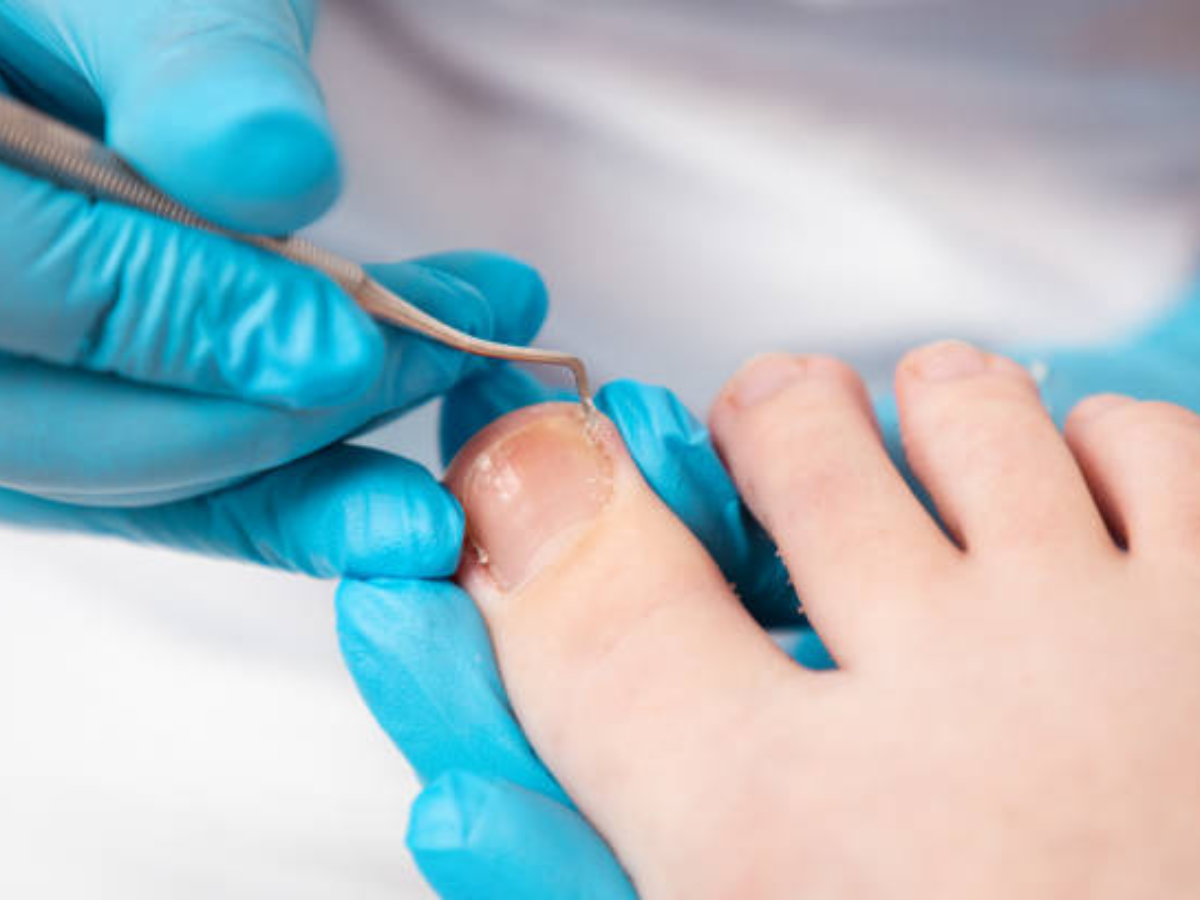Surgical Management of Ganglion Cysts in the Foot
Surgical Management of Ganglion Cysts in the Foot: Regaining Comfort & Mobility
Ganglion cysts, fluid-filled sacs that often form around tendons or joints in the foot, can be a source of discomfort and uncertainty for many individuals, causing pain, stiffness, and reduced mobility. In Australia, podiatric surgeons are well-versed in the surgical management of ganglion cysts, offering patients a path to relief and improved foot function.
Understanding Ganglion Cysts:
Ganglion cysts are non-cancerous lumps that typically develop near the joints or tendons of the foot. While the exact cause is not always clear, they are often associated with repetitive stress or overuse of the affected area. These cysts can vary in size, and their presence may lead to discomfort when walking, exercising, or simply standing for extended periods.
When is Surgical Management Considered?
Surgical intervention becomes an option when conservative treatments, such as rest, aspiration (draining the cyst with a needle), or corticosteroid injections, do not provide lasting relief, or when the cyst returns after aspiration. Surgery may also be recommended if the cyst affects joint function, leads to instability, or causes significant pain.
The Surgical Procedure:
Ganglion cyst surgery aims to remove the cyst and its adjacent tissue. The procedure typically involves making an incision over the cyst and carefully excising it. In some cases, the surgeon may also address any underlying joint or tendon issues contributing to the cyst's development.
Recovery and Rehabilitation:
Recovery time varies depending on the specific procedure, but patients can often weight bear immediately following the procedure and resume normal function within a few weeks. Post-operative physical therapy may be recommended to aid in restoring strength, flexibility, and overall foot function.
If you're experiencing the discomfort of a ganglion cyst in your foot, don't hesitate to consult with a qualified podiatric surgeon at MJ Taranto Foot and Ankle Podiatric Surgeons to explore the options available to help you regain comfort, mobility, and improved quality of life.



